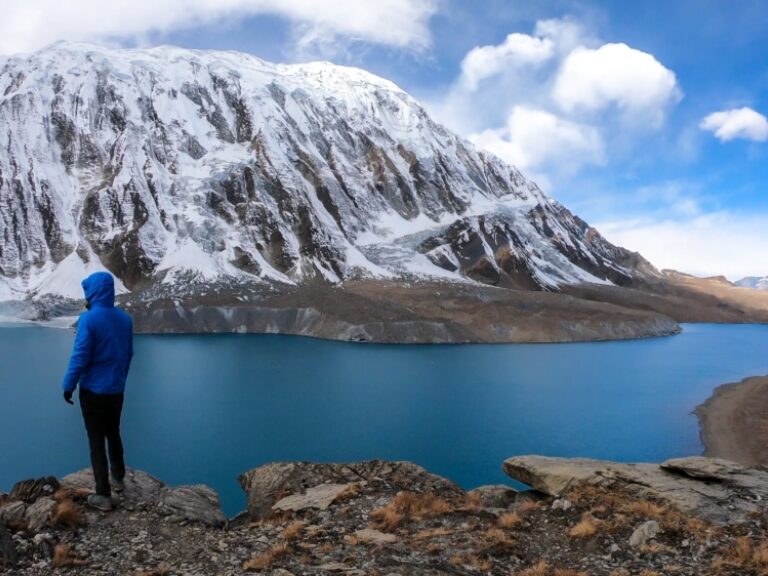Alternatives to the Annapurna Circuit trek
Avoiding crowds and roads in the Annapurna region
The iconic Annapurna treks are a fixture in the Nepal trekking hall of fame, with the Annapurna Circuit consistently topping lists of the world’s best treks, drawing crowds that dwarf Nepal's other hiking regions.
But in recent years, road development has begun to encroach on some of the region's pristine mountain territory, altering the environment and introducing significant changes to this classic trek. Should you be worried?
If you’ve ever traveled by road in Nepal, you’ll understand the problem. Great clouds of dust billow from caravans of buses and trucks, creating a rolling, semi-permanent haze that blankets the roadside. No one in their right mind would want to go trekking under these conditions. Fortunately, you don’t have to compromise your own dreams of enjoying the Annapurna Circuit just yet.
Your first option, of course, is to actually use the new roads. With better access to remote trailheads you can now complete the Circuit in less time than ever before. An adventure that used to take more than 20 days can now be enjoyed in just about one week. As long as you’re following a safe acclimatisation schedule, you may find that the Annapurna Circuit still lives up to its stellar reputation as one of the best treks in Nepal.
But an abbreviated Annapurna trek won’t appeal to all. Part of the magic of trekking in Nepal is losing oneself in the vast wilderness of the Himalaya for weeks on end. For visitors who want the full experience, I recommend considering the Natural Annapurna Trekking Trails (NATT) route, which have been established over the past few years to bypass the busiest sections of roads, particularly at lower elevations. And while these trails are something of an imperfect patchwork, in some cases they actually offer a scenic improvement over the original trails.
Finally, I'd encourage you to remember that roads are being developed in Nepal for the benefit of the people who live there. Nepal is a trekker’s paradise, but it doesn’t exist only for trekkers. Everyone who lives here deserves easy to access modern health care, schools, supplies, and transportation: the same amenities that most foreign trekkers take for granted. With a little compassion, understanding why these roads are being developed can help you to look past the dust and recognise that the eternal beauty of the Himalayas remains undiminished.
Alternatives to the Annapurna Circuit
Our experts' top recommendations
-
Manaslu region
-
Annapurna Region
-
Annapurna Region
-
Annapurna Region
-
Annapurna Region
-
Annapurna Region
-
Annapurna Region
-
Annapurna Region
-
Annapurna Region

























